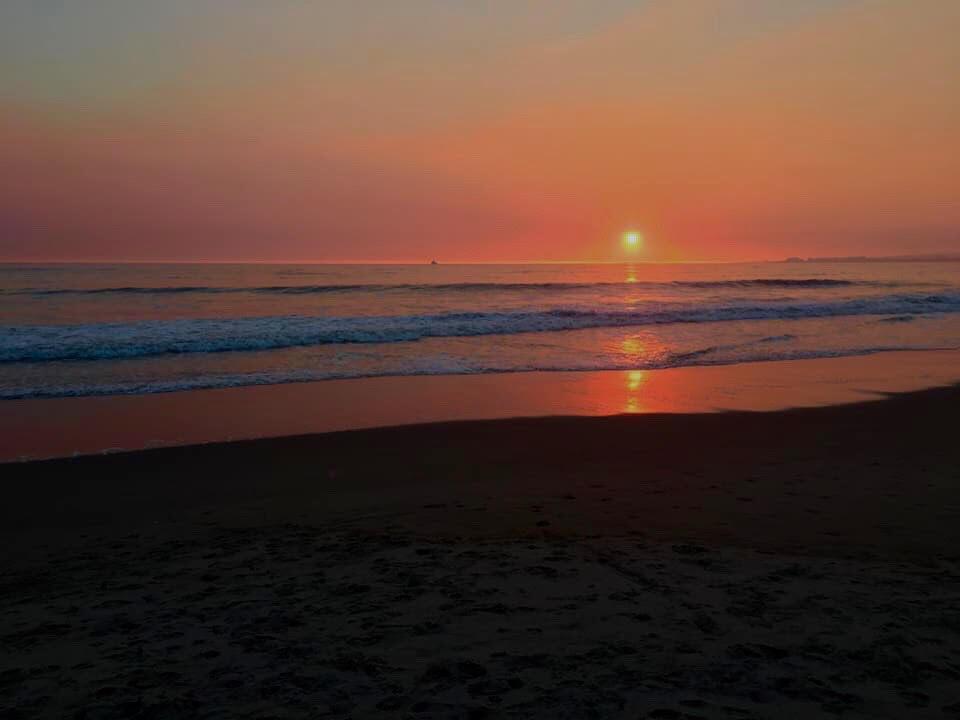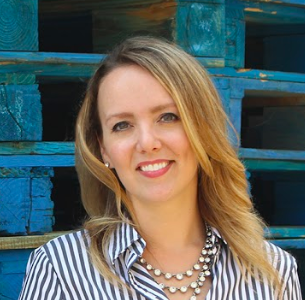
According to a new study, six in 10 Americans say they are now “alarmed” or “concerned” about climate change; and the percentage of those in the “alarmed” camp has doubled since 2013. We explore the reasons why such concern is mounting - and much of it has to do with geography.
According to a recent Yale University study, six in 10 Americans say they are “alarmed” or “concerned” about risks related to climate change - and the percentage of those in the “alarmed” camp has doubled since 2013.
So what is this Yale Program on Climate Change Communication survey telling us? Taking a look at the attitudes of Americans based on where they live is a start.
I live in the middle of America. I live in a rural community. I’ve lived all over the U.S., from Michigan to Illinois to Texas to Massachusetts to Tennessee and back home again. When I read reports that many Americans are only now feeling ‘alarm’ over climate change, I am not surprised.
Cities and states along the Atlantic and Pacific coasts often to appear to discover things much faster than the sprawling middle of America. There is a plethora of reasons as to why, but three stand out to me.
-
Geography
-
Diversity
-
Education
The United States is home to more than 320 million people. If measured by population, California is the largest state and New York City is the largest city. The combined GDP from these two regions equates to nearly $4 trillion—approximately one-fifth of the the entire country’s GDP.
Why is the output from these two regions so immense? They border the oceans that connect us to other countries. From importing and exporting to the respective rich history of each, there is a mind-blowing amount of people and information that has passed along these shores. Just look at the tech centers in Silicon Valley, Santa Monica and San Diego - and of course, New York has long been a global financial, corporate and media capital.
Why citizens along the shorelines have been more vocal about climate change
Quite frankly, this ongoing concern stems from geography. A recent Pew Research Center survey indicates that most Americans say climate change affects their local community, including two-thirds living near a coast:
“Americans who live near a coastline are more likely than those who live farther away to say climate change is affecting their local community. Two-thirds of Americans who live within 25 miles of a coastline (67%) say climate change is affecting their local community at least some. In contrast, half of those who live 300 miles or more from the coast say climate change is affecting their community.”
Probably because climate change effects along U.S. coastlines have been more notable than regions not bordering major bodies of water, from hurricanes to algal blooms to wildfires (during which the photo above, of the Monterey Bay coast, was taken last fall) to even a shift in patterns among migratory birds.
Geography has an impact on diversity, too
Increasing immigrant diversity, both in the number of immigrants and by country of birth, reshapes regional demographics. Findings from another recent Pew Research Center study show that America has more immigrants than any other country in the world. More than 40 million people living in the U.S. were born in another country, accounting for almost 14 percent of the population.
This study also shows where most U.S. immigrants live. Nearly half of all immigrants living in the United States reside in these three states: California – 24 percent; Texas – 11 percent; and, New York – 10 percent. California is the top destination state for Asian immigrants. Most immigrants from Mexico live in California and Texas. New York remains a melting pot. In many cases the point of entry is linked to proximity where opportunities await.
While diversity and climate change do not have a direct correlation, diversity and political beliefs do. Generally, regions that are less diverse have historically been painted red; and, regions where there is a lot of diversity are shaded blue.
Our belief systems are fueled by knowledge we collect. People who are exposed to many different things have a deep well of knowledge from which to pull. People only exposed to people with similar backgrounds and rooted in a 100-mile radius have a different depth of knowledge.
Education is an additional factor
We only know what we know.
I, personally, love data. If collected properly and without bias, data illuminates truths.
There are individuals in this world who love to learn – to collect information and process it – just for the sake of understanding a complex system or why something came to be. Universities are institutions that can provide the necessary resources to conduct research and heighten knowledge bases.
If you look at U.S. News’ national university rankings, colleges located in the northeast and California lead the list. The study of global temperatures, bird migration patterns, hospitable environments for marine life and more are often conducted by or in partnership with universities. Geography, again, plays a factor. These top research facilities are positioned relatively close to a coast.
Active learning and firsthand experiences are encoded into our brains faster and more efficiently. So, if you’re not personally experiencing severe weather more often, your friends aren’t talking about it, and you’re not actively learning about climate change, what would motivate you to be a “believer?”
There are numerous, awe-inspiring stories of communities and companies located in the middle of America that are addressing climate change. I’m just saying, it doesn’t surprise me that the effects of climate change are only now starting to ‘alarm’ more Americans.
Image credit: Leon Kaye

Based in Michigan, Sarah is passionate about sustainability, storytelling and bringing to light sustainability principles that can be threaded into business strategies and communications. Formerly an editor for CSRwire and freelance writer for many organizations forwarding the principles of corporate social responsibility and circularity, she is excited to be a contributor to TriplePundit. Connect with Sarah on LinkedIn and Twitter.














